Climbing Fitness #6: Pain in the Neck
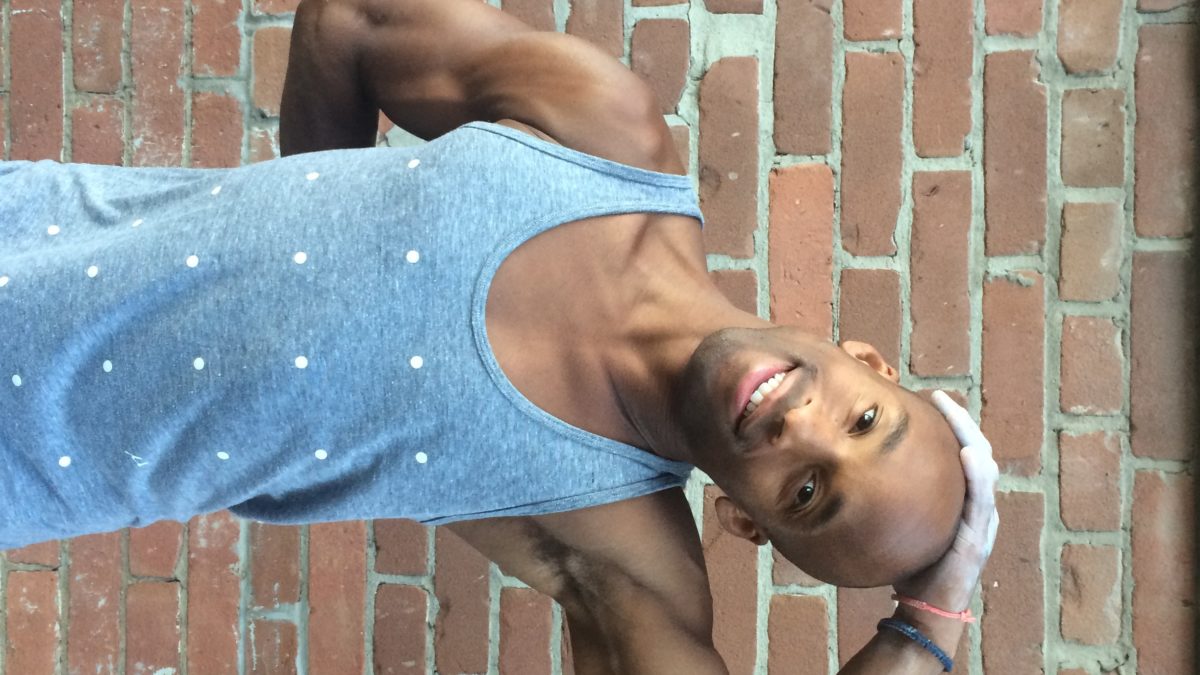
This is the sixth installment of a new series on how to stretch and strengthen those climbing muscles. It is brought to you by Ashley Edwards and Kate Evans, co-founders of City Yogis in Toronto.
Belaying is hard work and it can take a toll on the muscles in your neck and upper back, especially when you are belaying for a long period of time.
The muscles of the neck allow for movement of the head and also provide structural support. Four main movements of the neck include; flexion (chin to chest), extension (head back), lateral flexion (ear to shoulder) and rotation (chin to shoulder).
The act of belaying forces the neck into extension or even hyper-extension. Prolonged periods of time in this position and can lead to pain, not only in the neck, but also in the upper trapezius (upper back), shoulders, and jaw. In some cases, this strain can even cause headaches.
Outside of causing pain, tightness in the trapezius muscle is also affected during belying. The trapezius is a large diamond shaped back muscle that supports the neck and the shoulders. It is divided into the upper, middle, and lower trapezius.
The upper trapezius is responsible for elevation of the shoulders (shrugging) as well as rotation and lateral flexion of the neck. It’s important to note, that the upper trapezius must compensate for weak rotator cuffs and rhomboids.
That means if these muscles are weak your trapezius has to work extra hard every time you lift your arms up to climb, leading to more muscle tension in your upper back.
The poses below can help relieve tension in your neck and upper back. Be sure to move through these postures slowly and with control as the neck is extremely mobile and as a result is prone to injury.
Cow face arms variation – lateral neck flexion
To do this pose, begin standing or seated, and reach your left arm up. As you exhale, bend at the elbow and reach your palm down to the back of your neck. Inhaling again, reach your right arm out to the side so that your palm faces back and your thumb points down. This time, as you exhale, roll the right shoulder forward and bring the back of your right hand up between your shoulder blades.
Try to hook the fingers of the right and left hand. If this is not possible use a strap to bridge the gap between your hands and gently pull the hands toward one another. Ensure you relax your face and jaw.
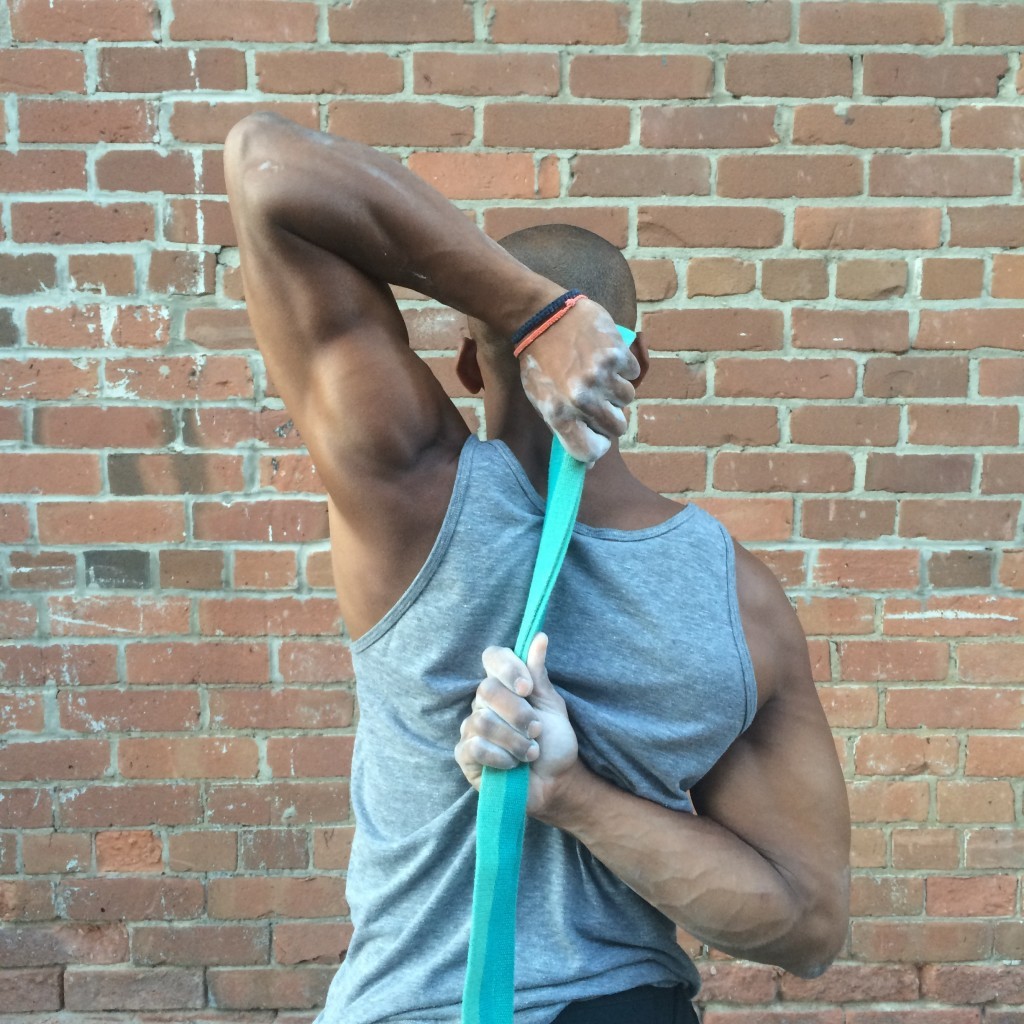
To stretch the upper trapezius release the left hand and reach it out to the side. Keep the right hand in the same place between the shoulder blades, ensuring that your right shoulder is down and away from your right ear.
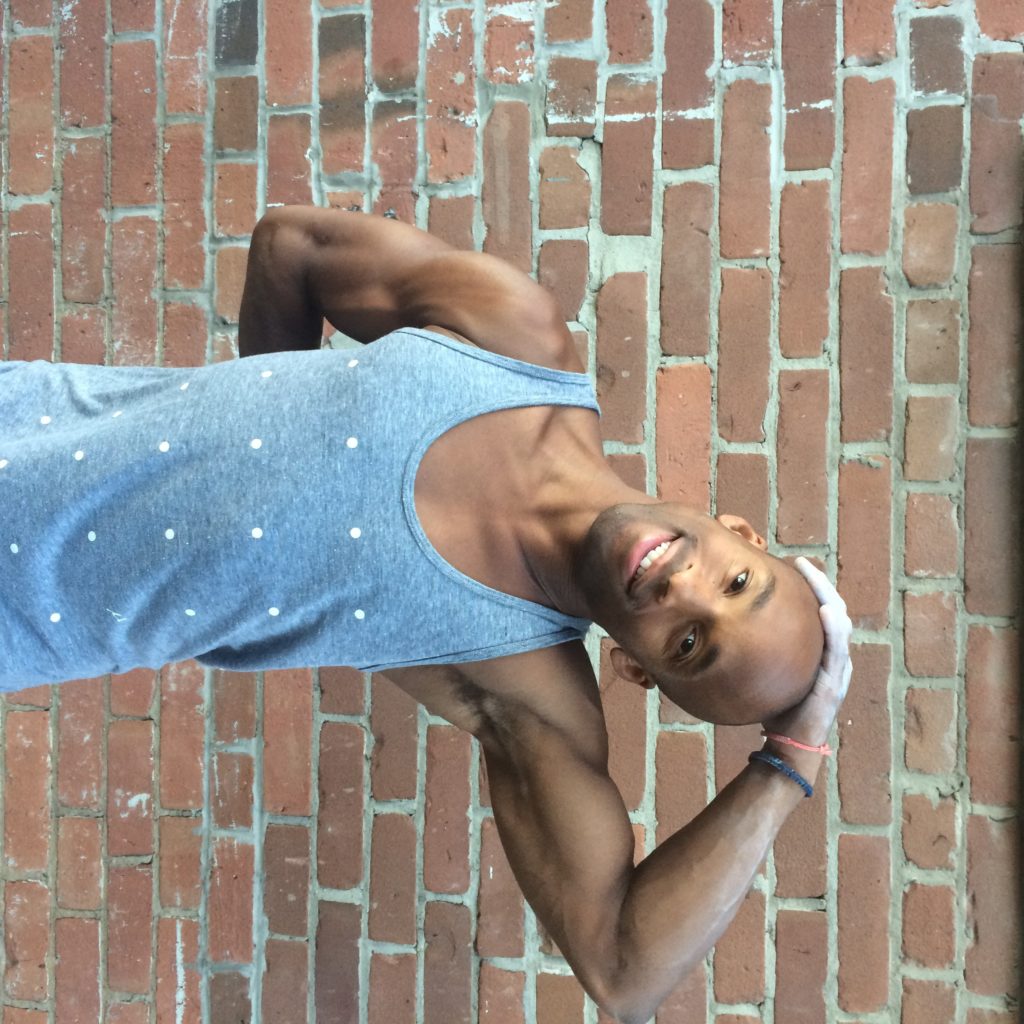
Bring your left ear towards your left shoulder. Gently place your left hand on the top of your head. Again, open the shoulders and relax your face and jaw. Try to hold this position for 15 to 30 seconds (or five to 10 breaths)
Cat/Cow pose – Flexion and extension of the neck
This pose moves the neck through flexion and extension. Cat pose specifically targets the pain felt in the back of your neck.
Start on your hands and knees with your hands shoulder width apart and your wrists in line with your shoulders. Your knees should be hip-width apart and your knees directly below your hips. Place a blanket under your knees for extra comfort. As you inhale lift your pelvis to the sky, draw your navel towards the ground. Lift your chin so your eyes are gazing forward, moving your neck into extension. This is cow pose.
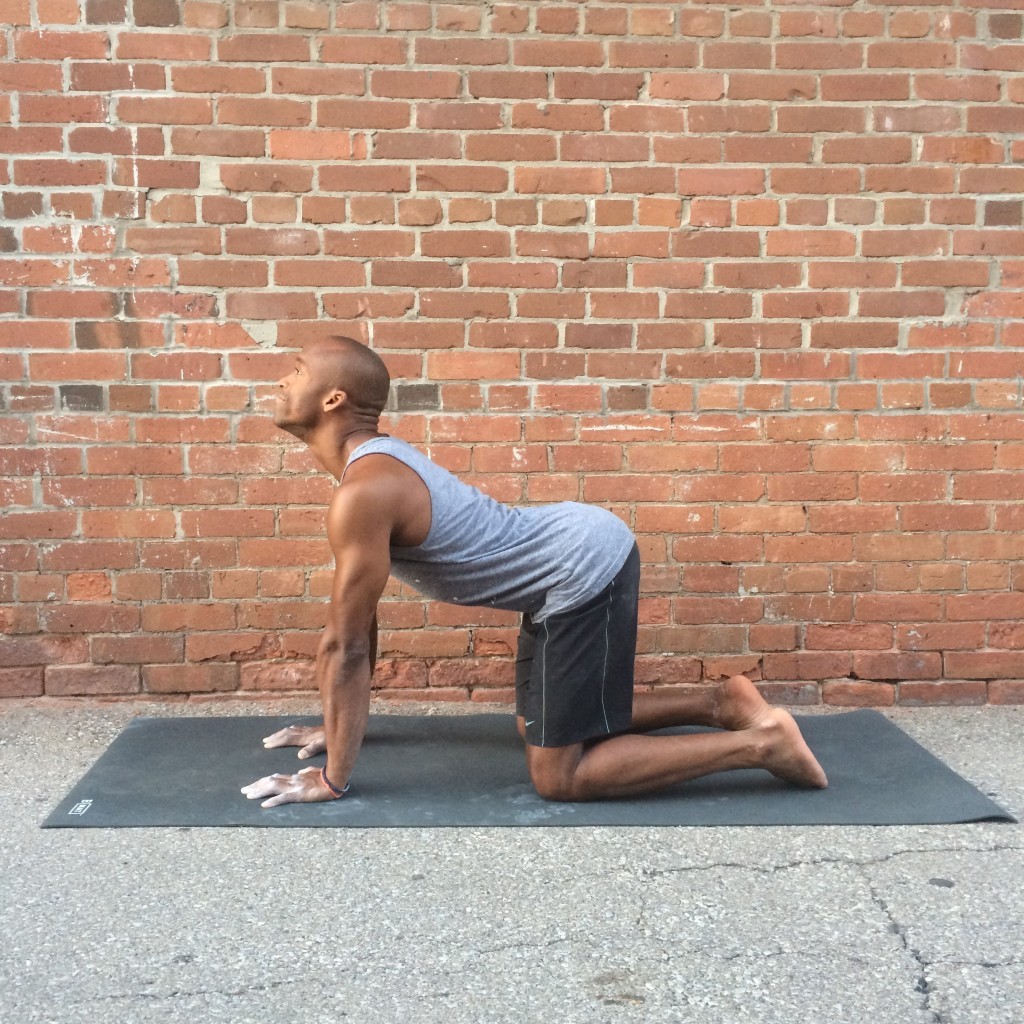
As you exhale, tuck your pelvis under, drawing your pubic bone forward, pulling the belly in and rounding the spine. Gently lower your head bringing your chin towards your chest, moving the neck into flexion.
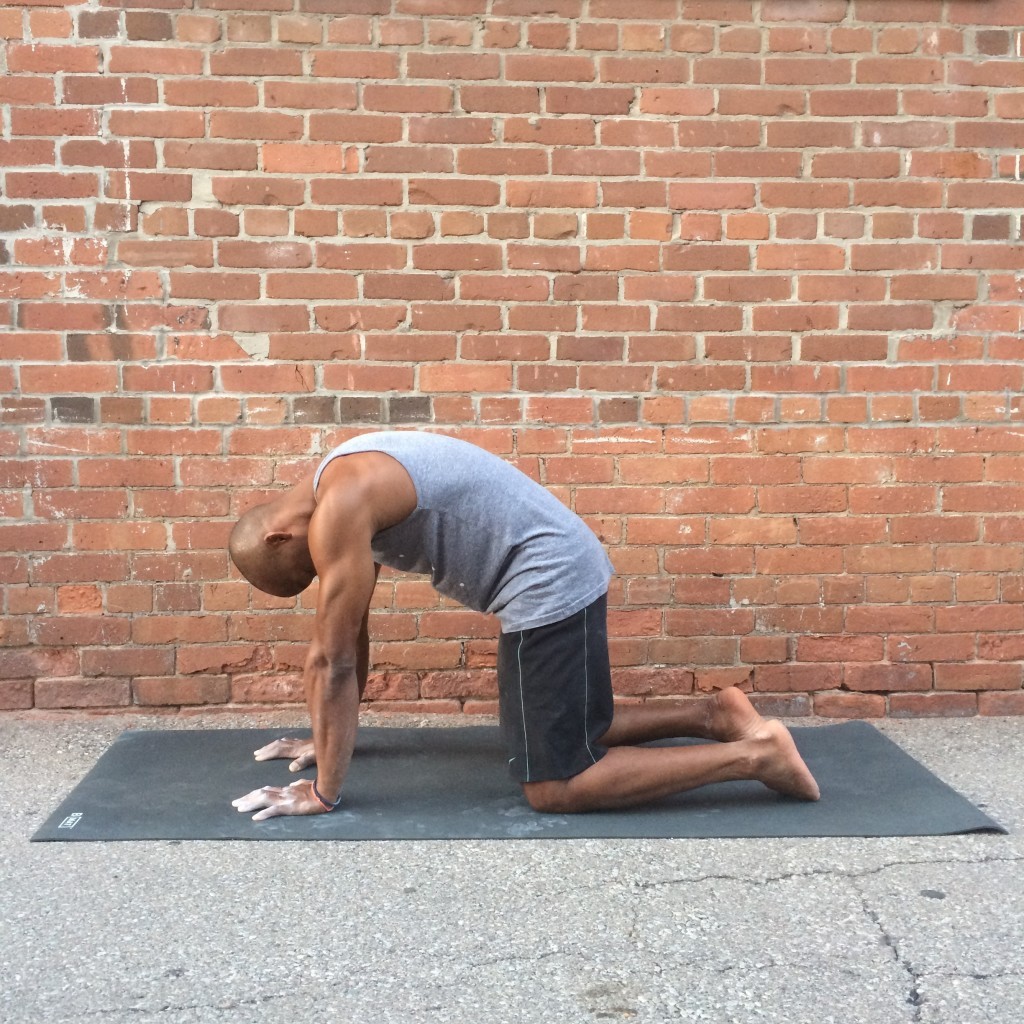
This is cat pose. Take five to 10 breaths moving into cow on the inhale, and cat on the exhale. Your movement should align with your breath.
Revolved wide legged standing forward bend – neck rotation
To do this pose step your feet apart, leaving about three to four feet of space between them. The toes of both feet should be pointing forward. As you inhale, lengthen through your spine lifting the crown of your head towards the sky.
Fold forward as you exhale reaching your hands towards the ground. If you cannot reach the ground, bend your knees. Plant your right and on the ground and as you inhale reach your left hand up to the sky gently turning your torso.
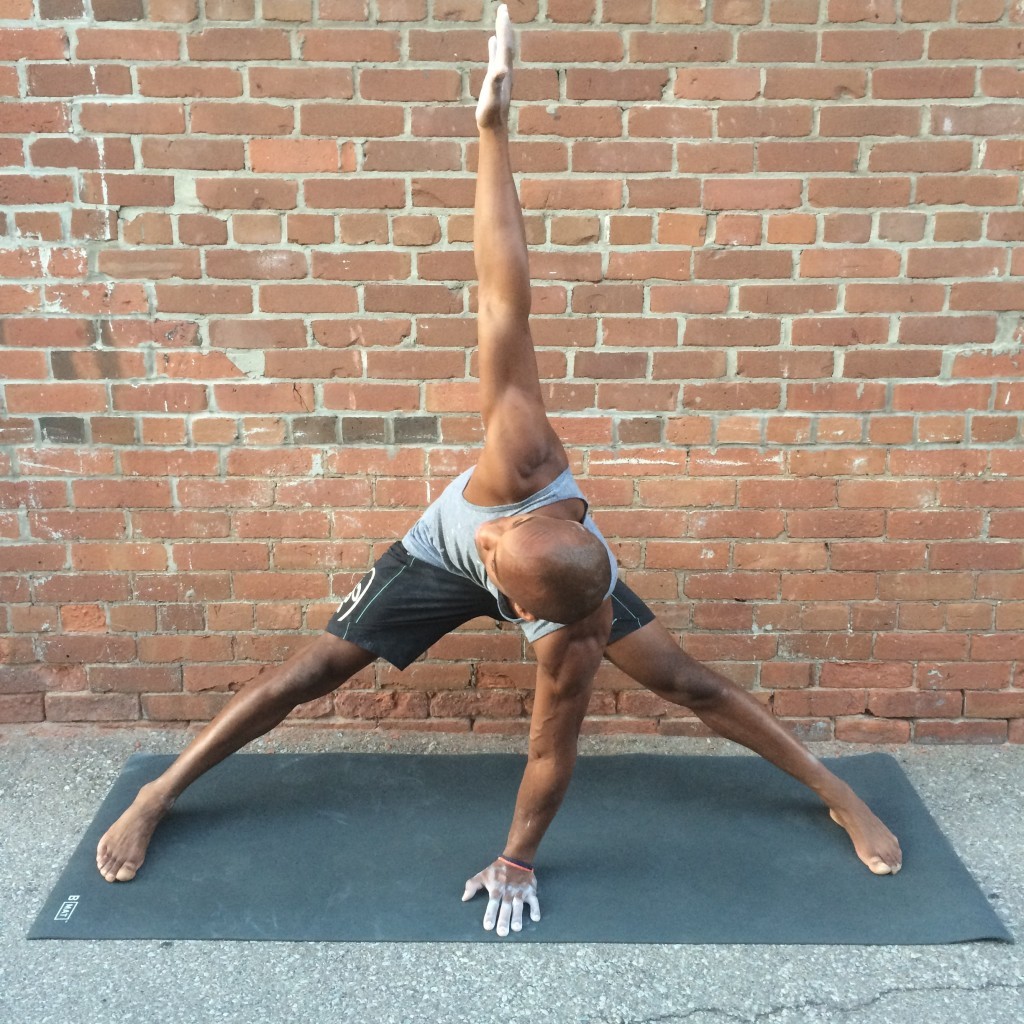
Turn your head to look over your left shoulder turning your head to look up at your left arm. Hold this pose for 15 to 30 seconds (or five to 10 breaths). Repeat on the other side.
Note: if your symptoms continue or if the pain begins to spread or radiate seek professional treatment.
Read ‘Climbing Fitness #1: Avoid the Dreaded Hunchback.’
Read ‘Climbing Fitness #2: Climber’s Elbow.’
Read ‘Climbing Fitness #3: Rotator Cuff Care.’
Read ‘Climbing Fitness #4: Love Thy Ankles.’
Read ‘Climbing Fitness #5: Healthy Fingers.’
– Ashley and Kate will be bringing us regular ‘Climbing Fitness’ pieces. Until the next one, follow them on Instagram @CityYogis.


